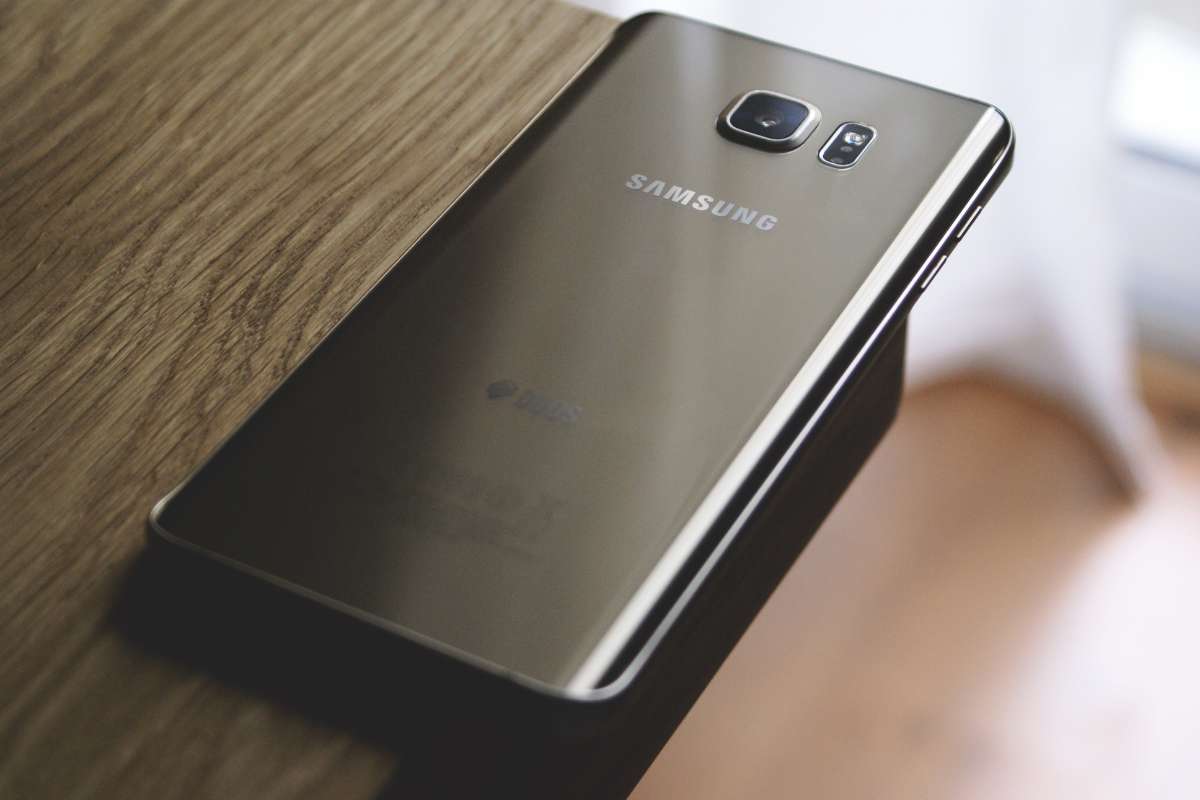Samsung smartphones with Exynos chipsets aren’t the most attractive offerings simply because there are other chipsets in the market that can do a better job. Chipset manufacturers such as Qualcomm and MediaTek produce far better chipsets than Samsung. The South Korean tech giant started offering Qualcomm powered smartphones in India once it saw that the users didn’t like the Exynos variants much. However, Samsung isn’t going to ignore its Exynos chipsets. It will keep on working to improve their power and efficiency. For doing the same, Samsung has partnered with a major chipset manufacturer called AMD.
Samsung Partners AMD to Manufacture Exynos Chipsets
Samsung has partnered with AMD to manufacture future generation Exynos chipsets. As per a Verge report, the partnership will focus on improving the GPU performance of the Exynos chips. AMD will provide Samsung with its RDNA 2 graphics technology to do so. With the RDNA 2 architecture, the Exynos chipsets will be able to get features such as variable-rate shading and ray tracing. As per a statement from AMD, the chipsets with better GPU performance will go on the flagship smartphones. The partnership between the companies has only been announced as of yet and no work has actually started. AMD is still waiting for Samsung to provide more details later in the year. There’s no guarantee that with RDNA 2 graphics technology, Exynos chipsets will perform better than their competition from Qualcomm and MediaTek. Regardless of the results, this move shows that Samsung is still thinking about focusing on the improvement of its Exynos chipsets in a major way. Producing chipsets in-house might help Samsung to reduce the overall costs of manufacturing smartphones. However, an educated consumer today who knows the difference between the Exynos and Qualcomm chipsets would mostly prefer the latter. To solve this issue, Samsung needs to improve in more areas than just graphics processing. Just for example, the Samsung Galaxy S20 FE with the Exynos chipset failed to impress many. However, when the same device was later introduced with a Qualcomm flagship chipset, it made the market very curious about the smartphone. There’s no timeline given by either of the companies on when users can start seeing Exynos chipsets with RDNA 2 technology from AMD. However, it won’t be long now given the official announcement has been made.
